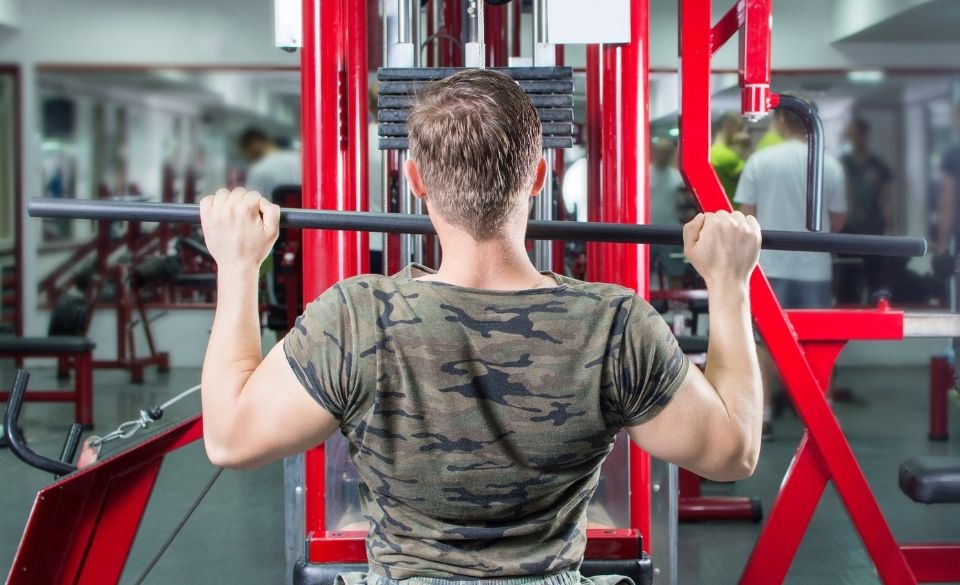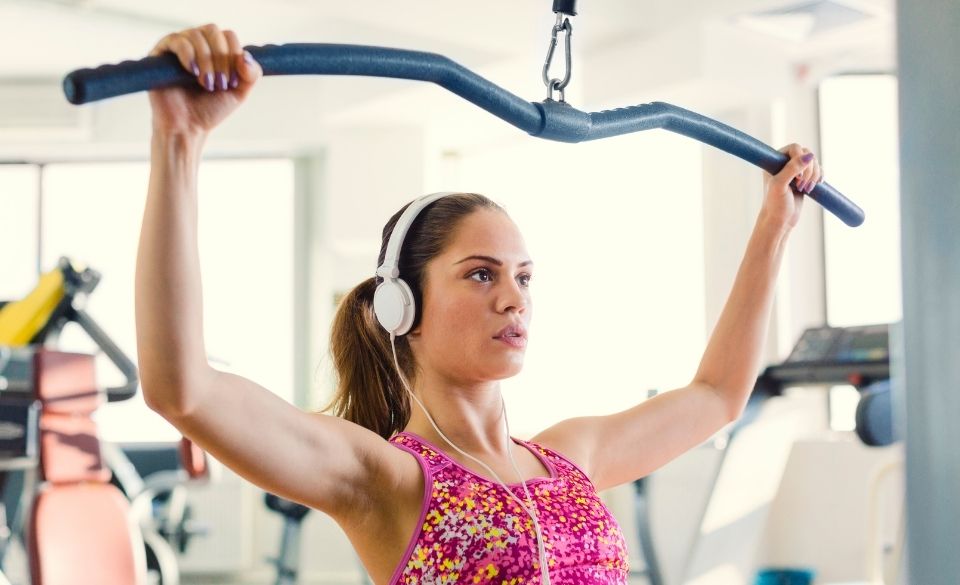
LAT Pulldown Standards – UPDATED 2022 – A Complete Guide
Page Contents
Want to get started with lat pulldowns in 2022? You’ve probably got the basics already – access to a machine, a workout plan for each day of the week, and an idea of the muscles you want to build and your end goal for doing lat pulldowns.
There’s something you might have missed though. Standards are an essential part of your journey into becoming a pro at an exercise, and lat pulldown standards are no different.
What are lat pulldown standards? And what do you need to know about them? This guide will cover the basics of lat pulldown standards and point you in the right direction to start measuring your progress with lat pulldowns.
LAT Pulldown Standards – A Complete Guide
Lat pulldown standards exist to help you get better at doing lat pulldowns. But how? First, we need to explain what a standard is in general.
A standard is simply a guide to the average performance expected of someone of a certain weight or age. Standards exist for all kinds of exercises like deadlifts, sit-ups, etc. They’re usually organized into a table and depending on the exercise a standard can be measured in reps, or the highest possible weight lifted.
Standards are made to be used by everyone, regardless of skill level. This is why they have 5 categories of performance, ranging from beginner to intermediate and then to elite. These are designed to give you a goal to aim towards, and to situate yourself at a level of proficiency with the exercise.
Lat pulldown standards are measured by the highest weight you can lift when doing a lat pulldown. This is the single highest weight, and not how much you can lift for say, 10 reps.

Average LAT Pulldown Weight
The average lat pulldown weight varies on a few factors. First of all, there are different average lat pulldown standards for males and females, with the female averages being slightly lower than male averages.
Second, you need to decide if you want to follow the chart that classifies lat pulldown standards by age or by average body weight.
Once you’ve found the right chart, you need to know which category of proficiency is actually the ‘average’. The categories for standards are determined by how strong people of those categories are in relation to other lifters.
To be considered ‘elite’, you need to be better than 95% of lifters who are doing lat pulldowns. In other words, you need to be in the top 5% of people doing lat pulldowns.
The intermediate category is the top 50%. This means that you sit squarely in the middle of the top-performing lifters and the lower-performing lifters. The intermediate category is therefore considered the ‘average’.
So, to find a true average lat pulldown weight, we need to look at the average age and the average weight. The average age of everyone alive today is 29.6 years old. Rounding this up to 30, we can see that the average lat pulldown weight for a 30-year-old is 179lb.
Alternatively, the average weight of everyone alive today is around 136 pounds. If we round this up to 140lb, the average lat pulldown standard for someone of this bodyweight is expected to be 153lb.
What is a Good LAT Pulldown Weight?
We’ve looked at the average lat pulldown weights for different people, but what if you’re aiming to be more than just average? In this case, what is a good lat pulldown weight?
If the intermediate category is average, then it makes sense that the category just above this, advanced, is the measurement of a ‘good’ lifter. Those in the advanced category can lift better than 75% of people, meaning that they’re in the top 25%.
Good lat pulldown weights in the advanced category range from 174lb for a 110-pound person, to 336lb for a 310-pound person. For age, a good lat pulldown weight peaks at 40 years old, where a good weight is 242lb.
LAT Pulldown Weight Chart
There are some key differences between the lat pulldown age chart and the lat pulldown weight chart. To help you understand which is right for you to base your progress on, let’s break down the differences.
Something you might notice is that the lat pulldown age chart does not increase linearly. Instead, it starts at point A, peaks at point B, and then begins to drop off until it hits point C, which is lower than the original point A.
The last pulldown weight chart is the opposite. It increases in the way you would expect, starting at the bottom and then going up until it peaks at the last entry.
This means that if you weigh 120lb and have completed every tier of lat pulldown standards for this weight, you can move up to the next increase and try to meet this goal. This means that the lat pulldown weight chart offers a near limitless path of progression.
Best LAT Pulldown Weight for Beginners
Answering the question of what’s the best lat pulldown weight for beginners is thankfully easy. This is due to how the lat pulldown standards chart is organized into tiers. The beginner tier is the lowest category and is generally considered the easiest.
This means that when starting, it’s recommended to closely follow the beginner tier for your age or your weight. Depending on your level of skill, this might be challenging, or it might be too easy for you.
If you struggle with the beginner tier weights, it’s okay to start at a lower weight. Lifting is all about gradual progression. If you can lift 1lb more than you could 2 weeks ago, that’s progress. If you can’t? Then you’ve still made progress towards being able to lift that 1lb more.
LAT Pulldown Standards – Closing Thoughts
To summarize, lat pulldown standards and the lat pulldown standards charts are great tools that you should take advantage of regardless of your skill level. You can use them to set achievable goals or to just see where you stand compared to average people.
For more guides to strength standards such as chin-up standards and more, and for advice on how to push to the next level of strength, you’re in the right place here!


